
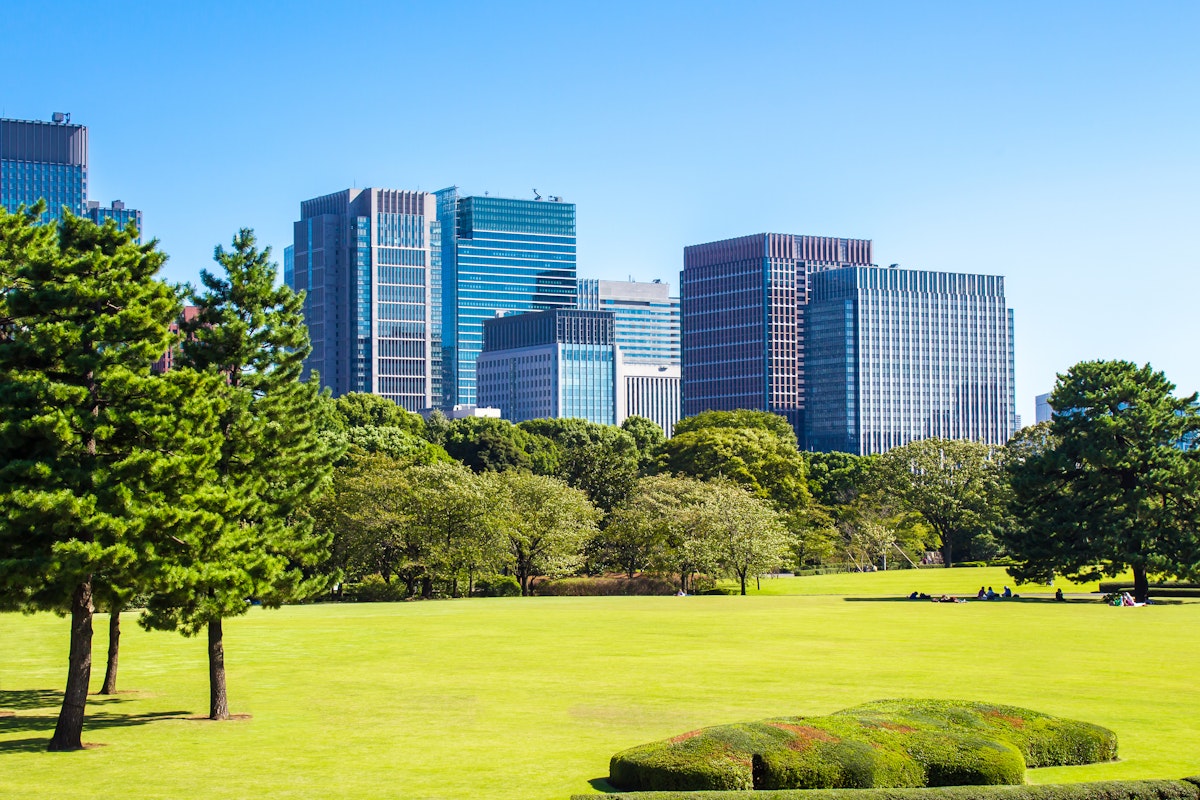
东京的皇家庭园,也被称为皇宫东御苑,是探索日本首都的必访之地。这个花园为人们提供了一个远离城市喧嚣的宁静之所,展示了历史遗迹、四季花卉和壮丽的风景。
如果你热爱自然、历史或摄影,这份指南将帮助你发现皇家庭园中最值得游览、品味和享受的最佳地点。
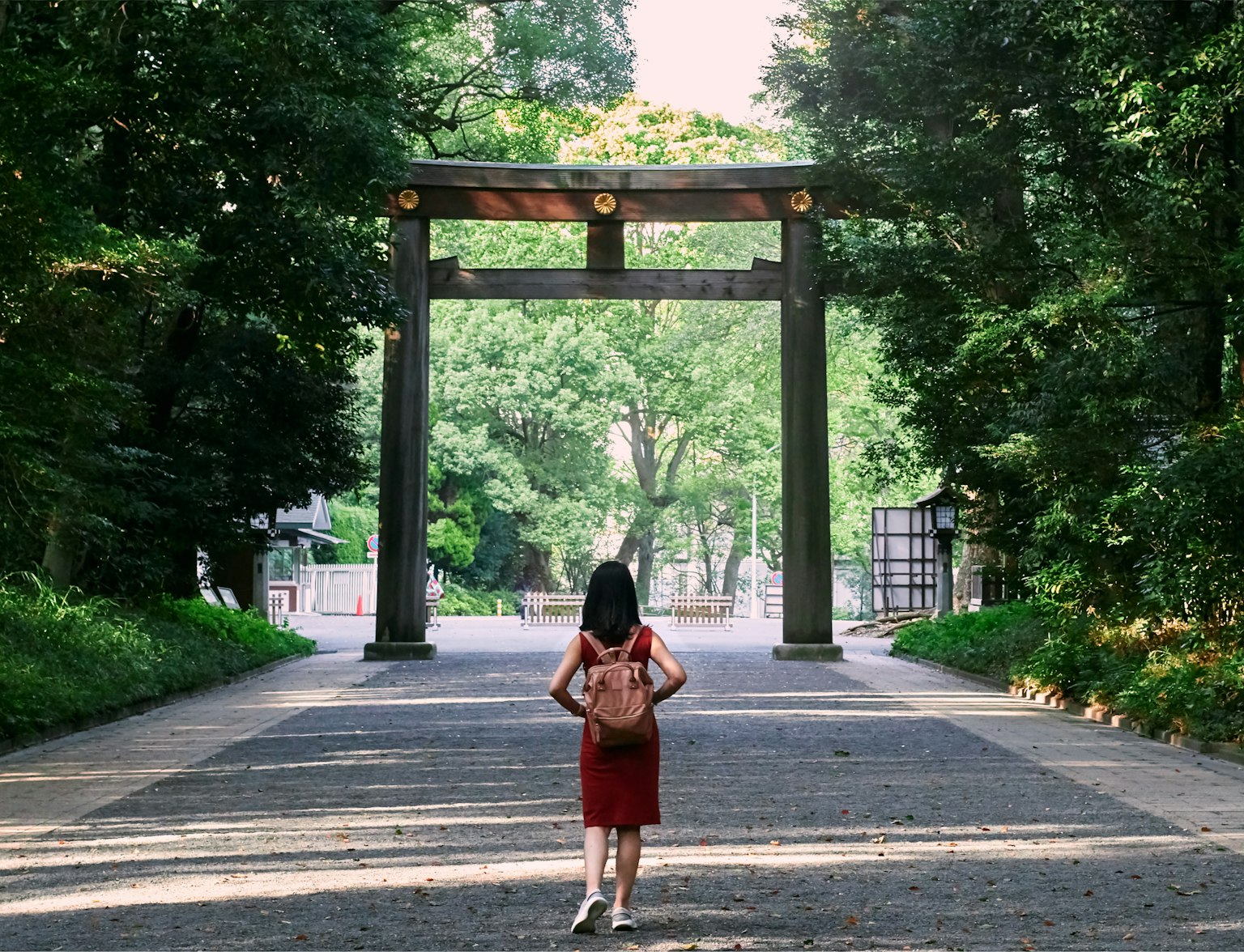
尽情探索东京这座充满活力的城市,通过我们的私人导览,领略它的所有魅力。
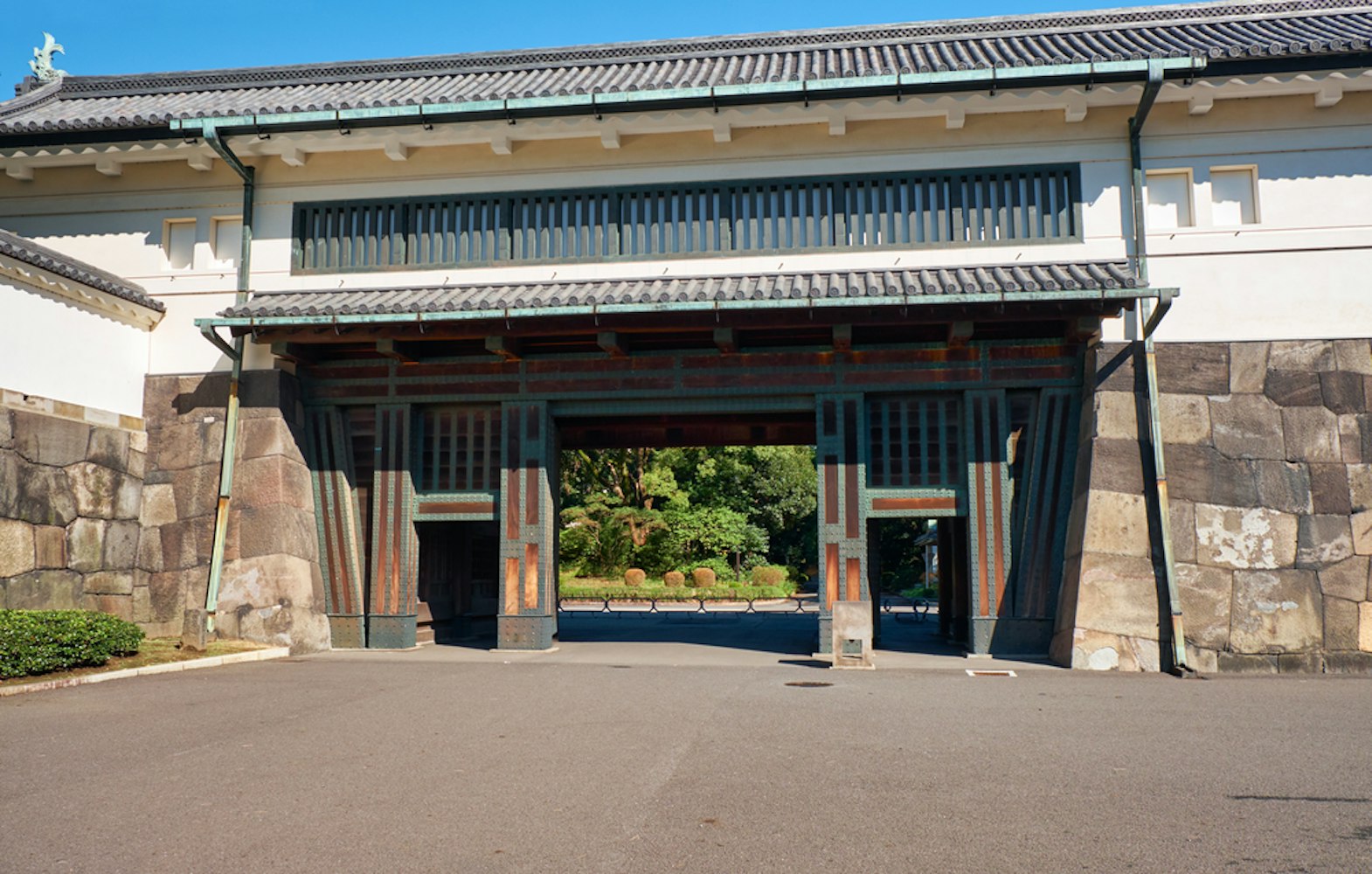
在进入皇家庭园之前,你要经过大手门,主入口。这个大型的木雕石门曾是江户城的防御重要组成部分。它是现存不多的江户城遗迹之一,代表着日本的武士历史。
花一点时间观察那些厚厚的石墙和高大的木门,它们经历了数百年的风雨仍然屹立不倒。这个入口通向东御苑,这是一个宁静而美丽的空间,可以让你探索历史与自然的结合。
早晨(早于上午10点): 人少且氛围宁静。
傍晚: 柔和的光线让它成为拍摄的好时机。
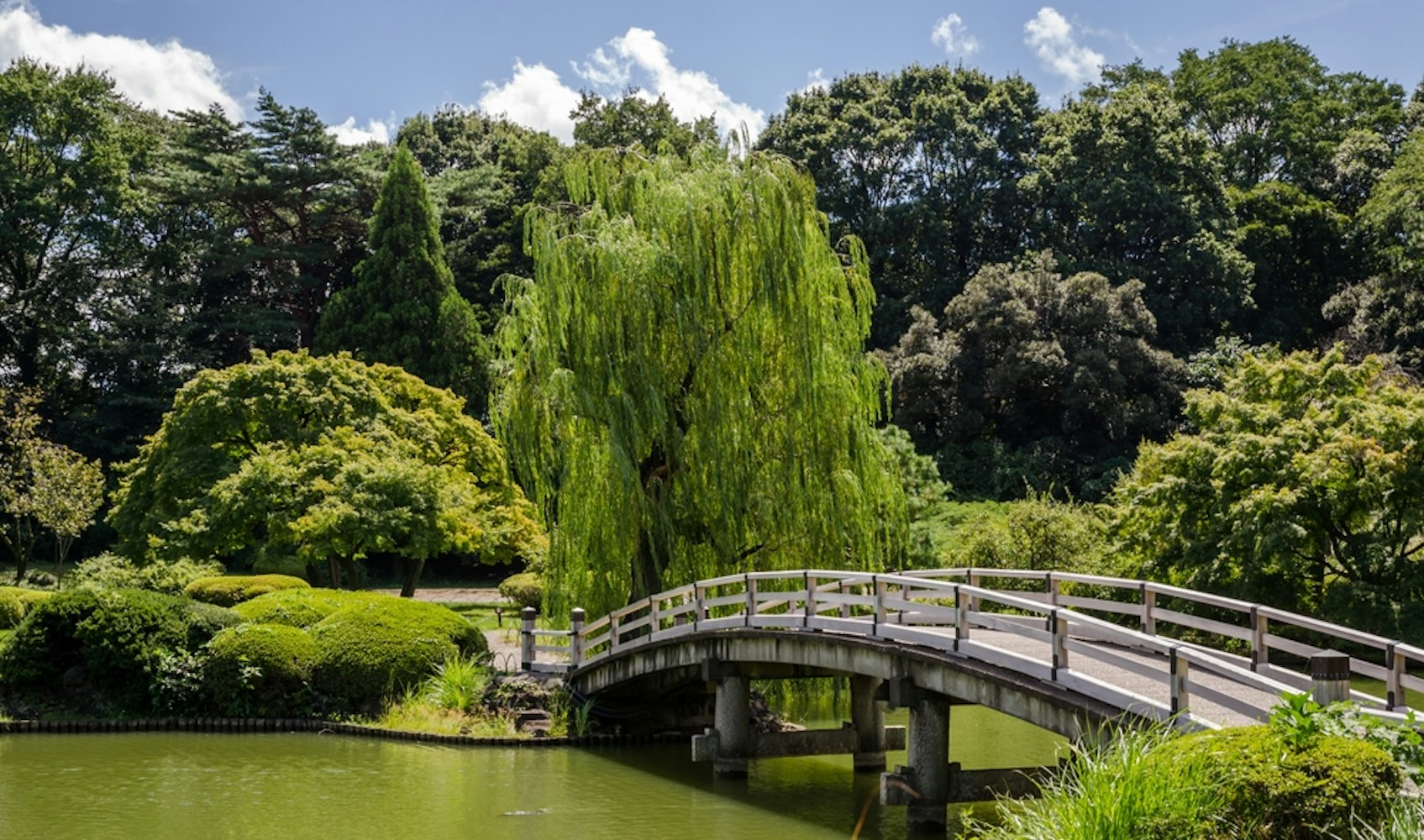
二之丸庭园是一个宁静且设计精美的日本风格花园,位于皇家庭园内。它最初是江户城外庭园的一部分,经过几个世纪的精心维护。这个花园设有一池宁静的池塘、石头小径和优雅布局的植物,随着季节变换而变化。
风景如画的池塘: 中央的池塘映射周围的树木和天空,营造出宁静的氛围。
石桥: 小巧的拱形桥连接花园的不同部分,提供传统美感。
四季之美: 在春天,樱花为花园增添了柔和的粉色,而在秋天,枫树则变成鲜艳的红色和橙色。
修剪得宜的盆栽树: 你可以发现美丽修剪的盆栽,展示着日本的园艺艺术。
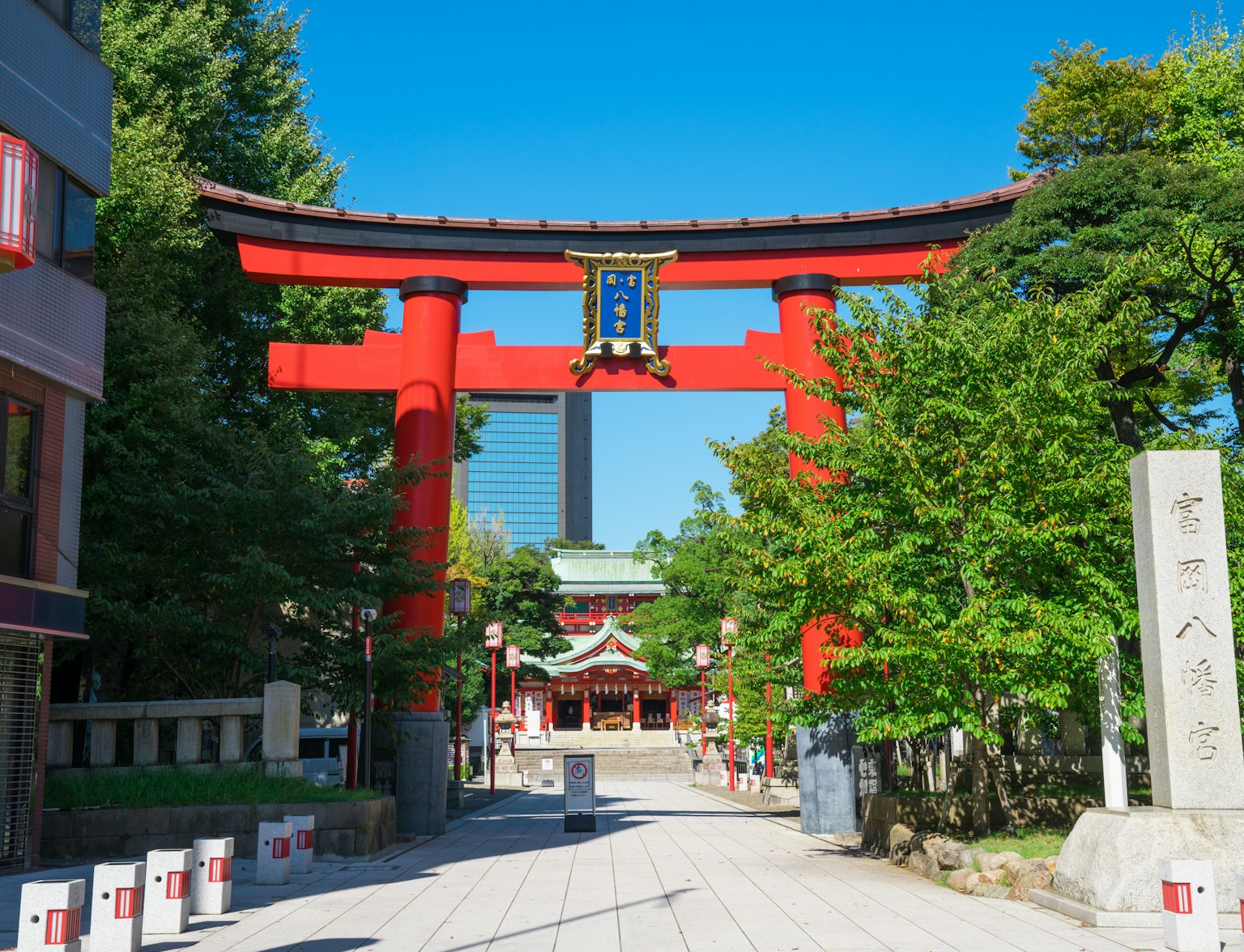
踏上一次迷人的旅程,探索东京丰富的历史,参加我们的江户东京步行游。
皇家庭园曾是江户城的所在地,这是一座宏伟的堡垒,曾作为德川将军们的居所超过260年。虽然原始建筑已不复存在,但你仍然可以看到石质基础、护城河和城塔的遗迹,带你一窥日本的封建历史。
本丸遗址: 这里是江户城的中心区域,曾经主楼就位于此。今天,这里提供了一个风景如画的地方,可以俯瞰现代东京,将历史与现在完美融合。
石墙和大门: 在花园内漫步,你会注意到那些经得起时间考验的雄伟石墙和大门,展示着江户时代的工艺。
护城河和桥: 一些原有的护城河依然存在,为花园增添了宁静的氛围。
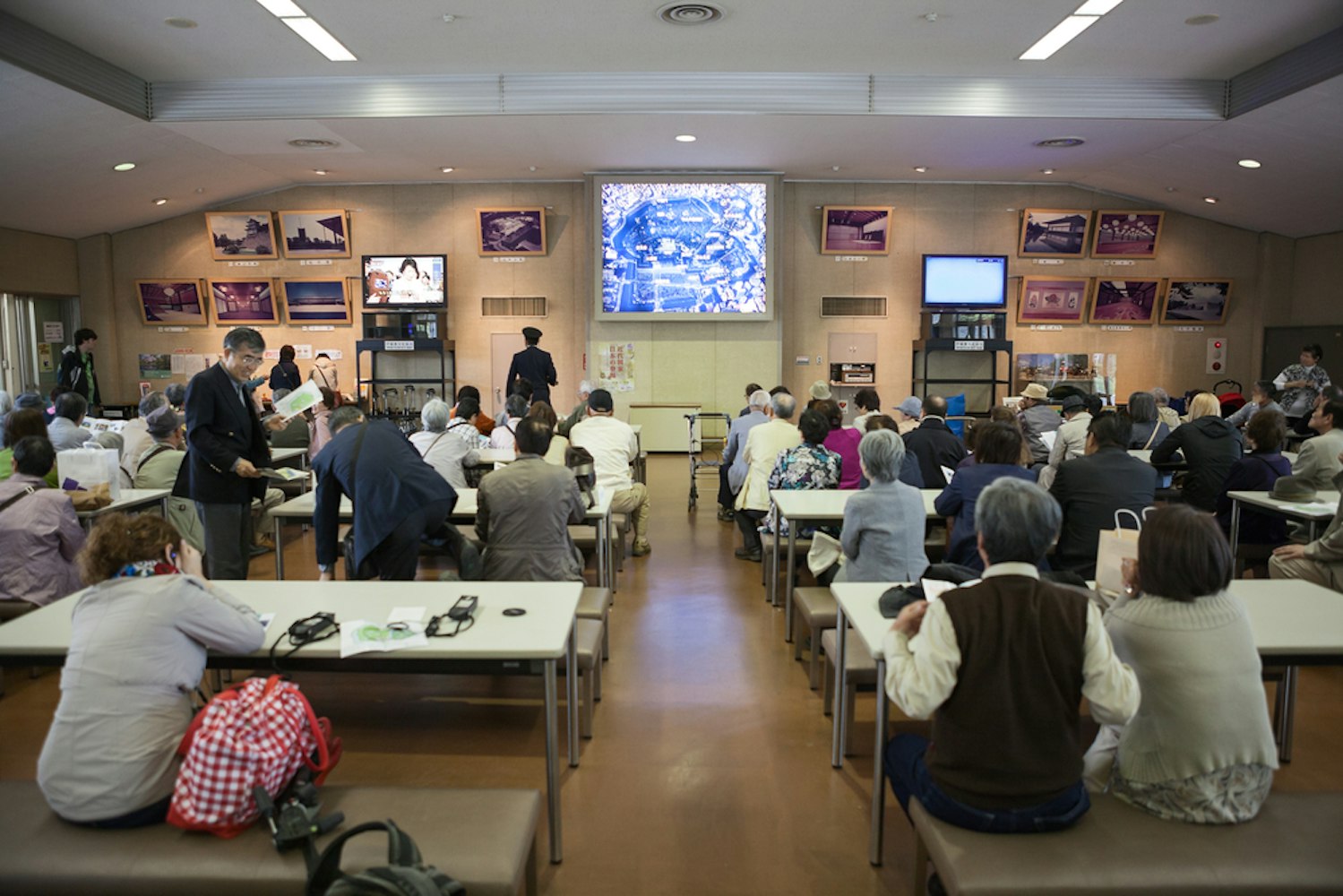
位于皇家庭园内的皇室藏品博物馆(三之丸所属馆)是一颗隐秘的文化瑰宝,展示了来自皇室家庭私藏的无价艺术品和珍贵藏品。
博物馆提供了一个难得的机会,看到历史画作、书法、陶瓷、纺织品和传统工艺,经过几个世纪的精心保存。
来自江户和明治时代著名艺术家的美丽作品。
过去皇帝和贵族家族的手写信件和诗歌。
精致的茶具、装饰碗和历史陶器。
入场费: 免费
开放时间: 上午9:00 – 下午4:30(随季节变化)
周一和周五闭馆
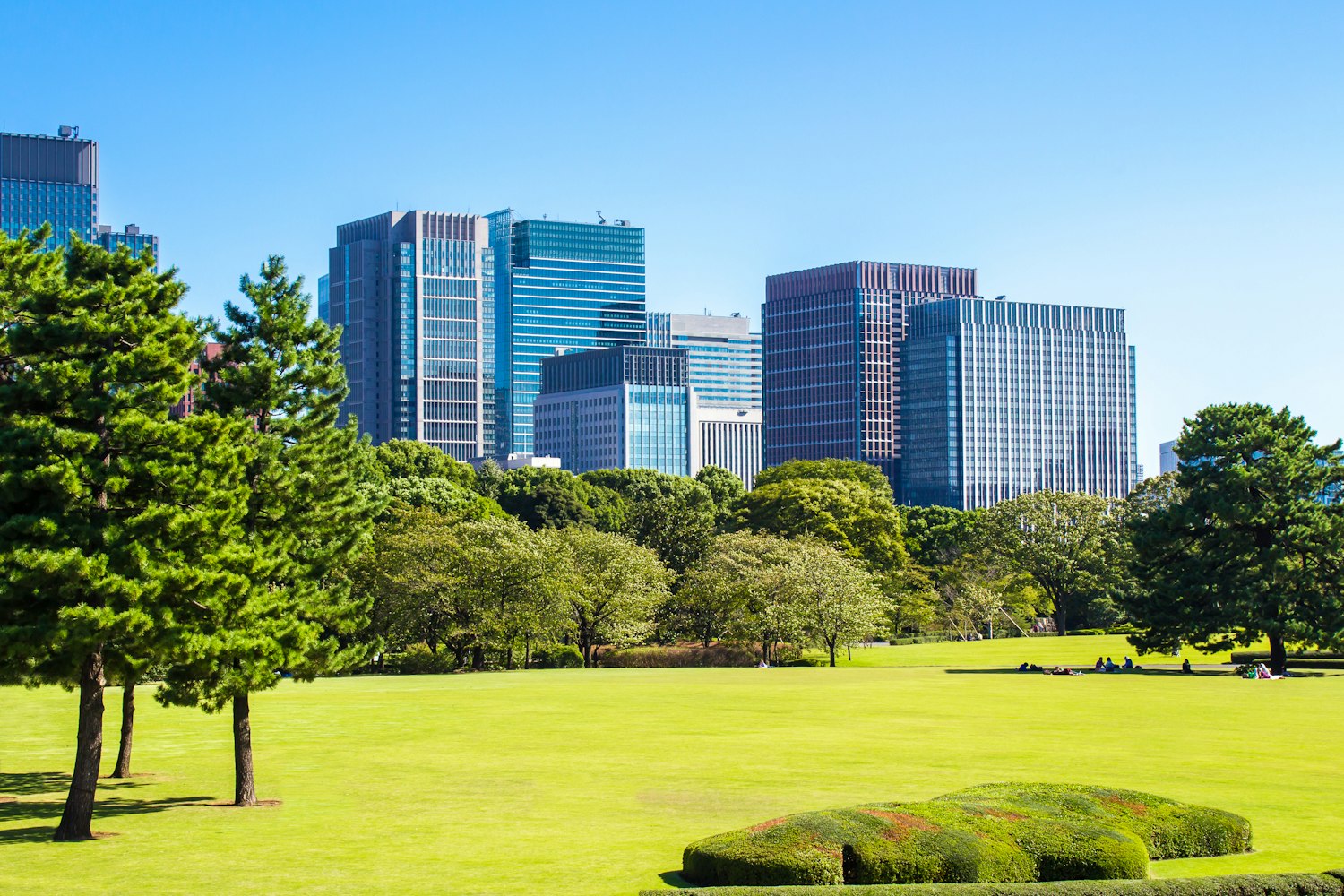
如果你需要一个宁静的地方放松,请访问东御苑草坪。这个广阔的草坪非常适合在观光中休息。你可以在柔软的草地上伸展,享受新鲜空气,或在自然环绕中悠然度过一个安静的野餐。
适合野餐: 带上小垫子和一些美味小吃,享受户外用餐的乐趣。
放松的好地方: 无论是阅读一本书、冥想,还是单纯放松,这里都是一个很好的放松之地。
有阴凉区域: 有很多树木提供凉爽的阴影,让你即使在炎热的日子里也能感到舒适。
风景优美: 草坪周围环绕着四季植物,增添了美丽的风景。
小贴士: 在早晨或傍晚访问,以获得最佳天气和更宁静的体验。

通过此游览探索皇宫的东花园。
红叶山,意为枫树山丘,是皇家庭园中最风景如画的地方之一。顾名思义,这里满是美丽的枫树,秋天时转变为生动的红、橙和黄色,创造出令人惊艳的自然景观。
壮观的秋季叶子:这个区域在秋天(十月至十一月)最为美丽,枫叶变色,为游客提供令人惊叹的景色。
宁静的氛围: 这个安静的地方提供了一个和平的环境,非常适合休息和享受自然。
适合摄影: 色彩绚丽的树木为照片提供了完美的背景,无论你是专业摄影师还是在拍摄旅行照。
四季之美: 即使在其他季节,郁郁葱葱的绿意和独特的树木形态使这里成为一个愉悦的探索之地。
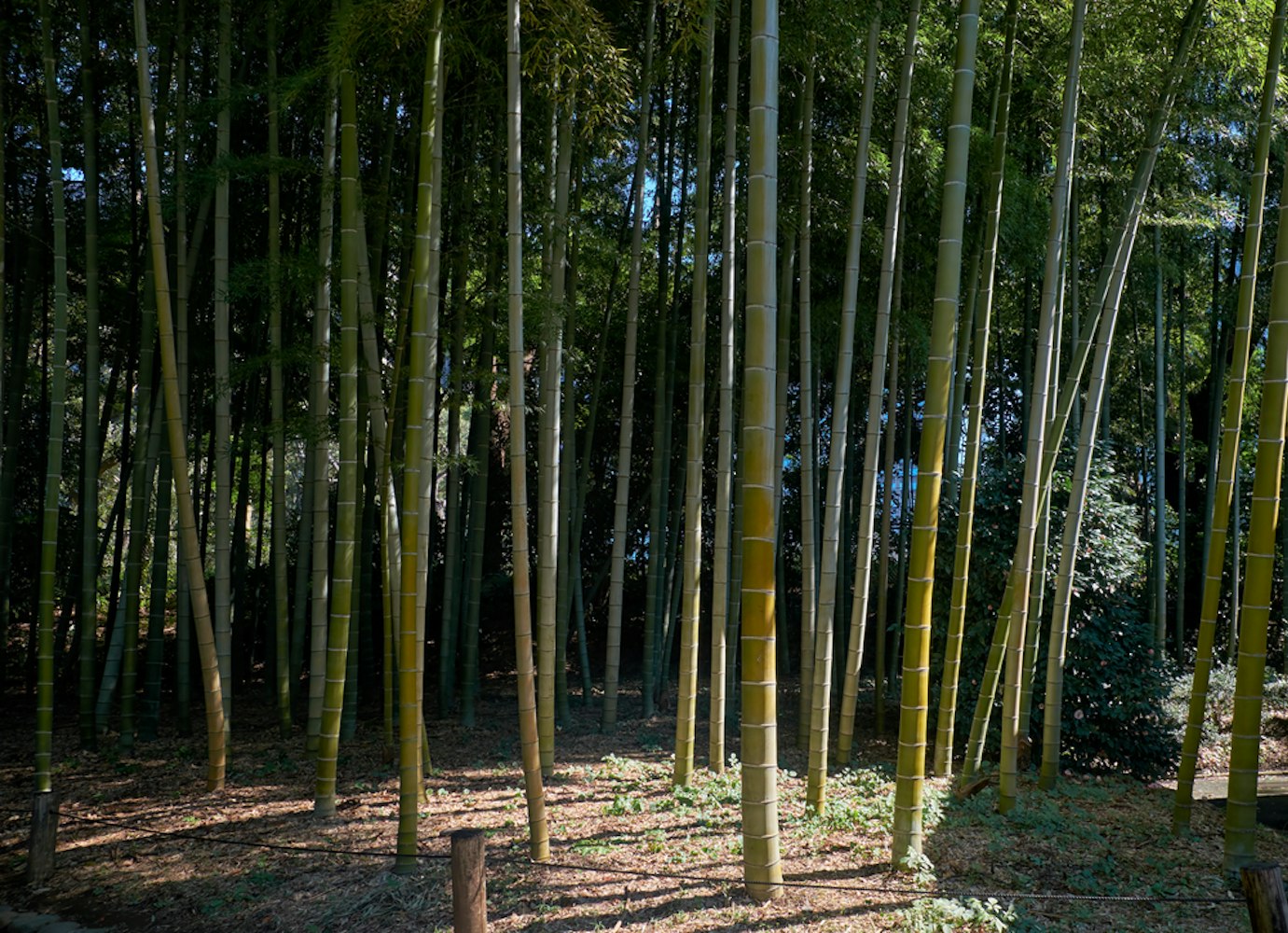
如果你想进行一次宁静而沉浸在大自然中的散步,请访问皇家庭园内的竹林。这条宁静的小径两旁是高耸的竹子,形成一种清凉和清新的氛围,即使在炎热的日子里也是如此。
虽然这个竹林没有京都的岚山竹林那么有名,但它提供了一个更安静、更亲密的体验,让游客可以远离熙熙攘攘的城市。
清晨(早于上午10点): 享受竹林的宁静独处,感受柔和的阳光。
傍晚: 捕捉透过竹林滤下的金色阳光。
慢慢走,聆听自然的细微声音。
深呼吸——新鲜的竹香空气让人感到神清气爽。
选择工作日访问,享受更多私人和安静的体验。
带上相机或智能手机,捕捉独特的氛围。
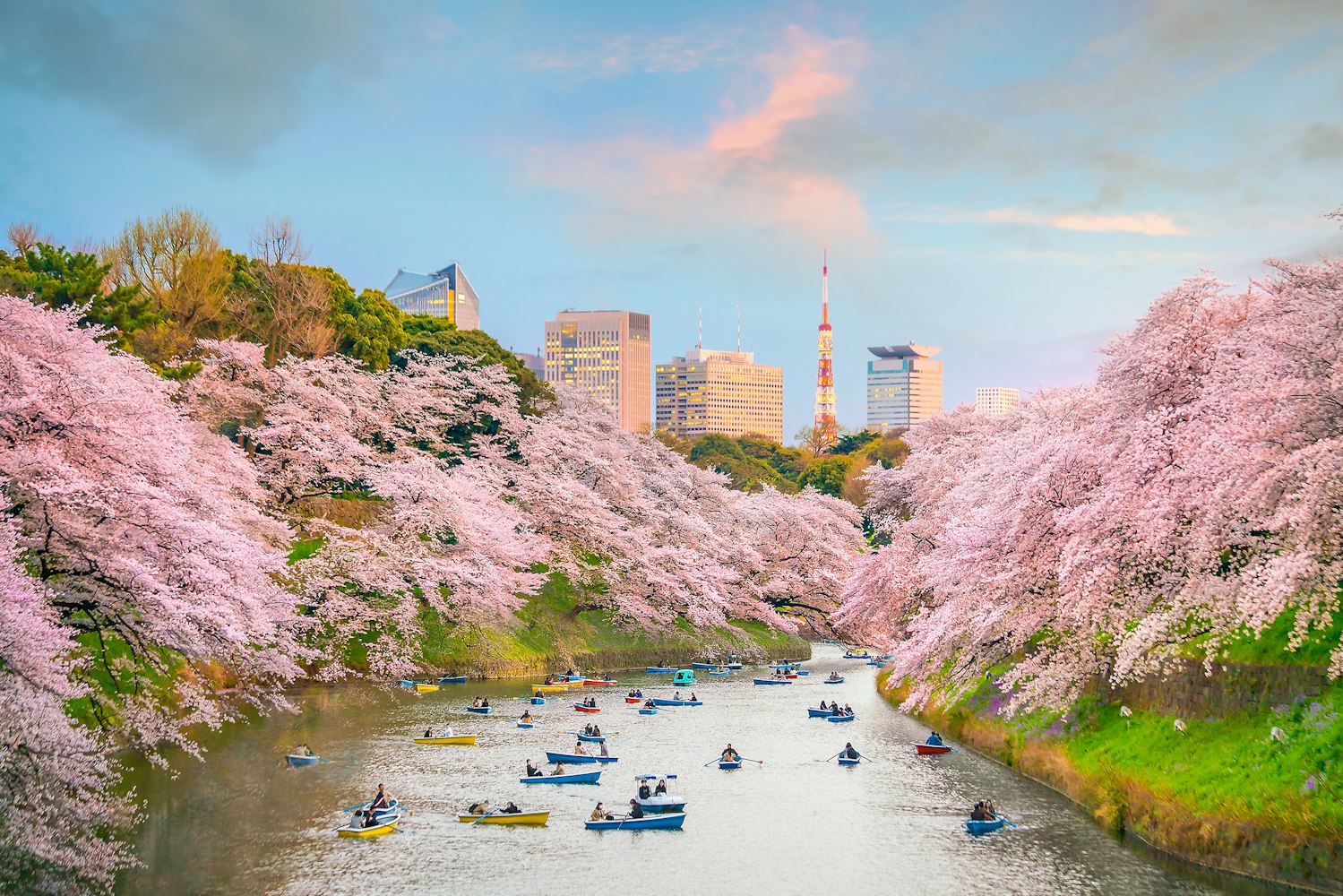
春天是访问皇家庭园的最魔幻的季节,因为令人叹为观止的樱花绽放。当樱花树盛开时,花园变成了一个装满细腻粉色和白色花瓣的风景如画的场景。
来自世界各地的游客们纷纷前来欣赏这一季节奇观,使其成为一年中的亮点。
二之丸庭园: 这个美丽的园林提供了一些最佳的樱花树在池塘中倒影的景观。
靠近本丸遗址: 江户城的历史遗迹与娇嫩的粉色花朵形成鲜明的对比。
沿东御苑步行路径: 在花瓣的遮蔽下漫步,同时享受花园的宁静气氛。
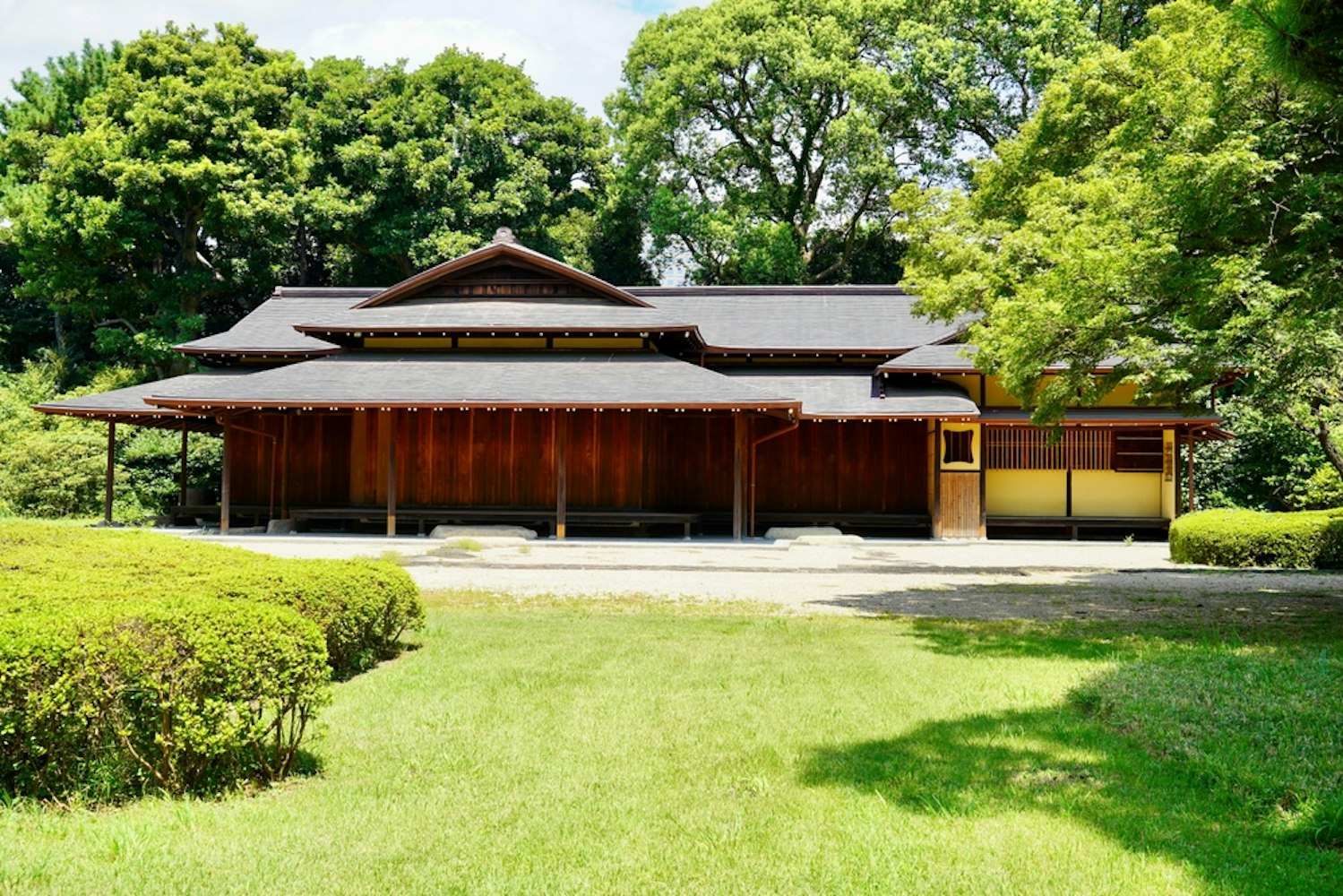
在皇家庭园内,你会发现一个迷人而历史悠久的茶室,叫做苏和茶屋。这个传统的茶屋,最初是供武士和贵族使用的,是体验日本茶文化和在宁静环境中放松的绝佳之地。为什么参观苏和茶屋?茶屋采用木制建筑和茅草屋顶,保持着几个世纪前传统茶屋的外观。
位于花园内,提供一个宁静的空间,非常适合在游玩中休息。
尝试:
一杯抹茶(绿茶),配上一种传统的日本甜点如和菓子(小巧精美的甜点)。
梅林 – 冬天的秘密瑰宝
虽然大多数游客在春季为了樱花来到皇家庭园,梅林在二月份提供了同样令人叹为观止的体验。
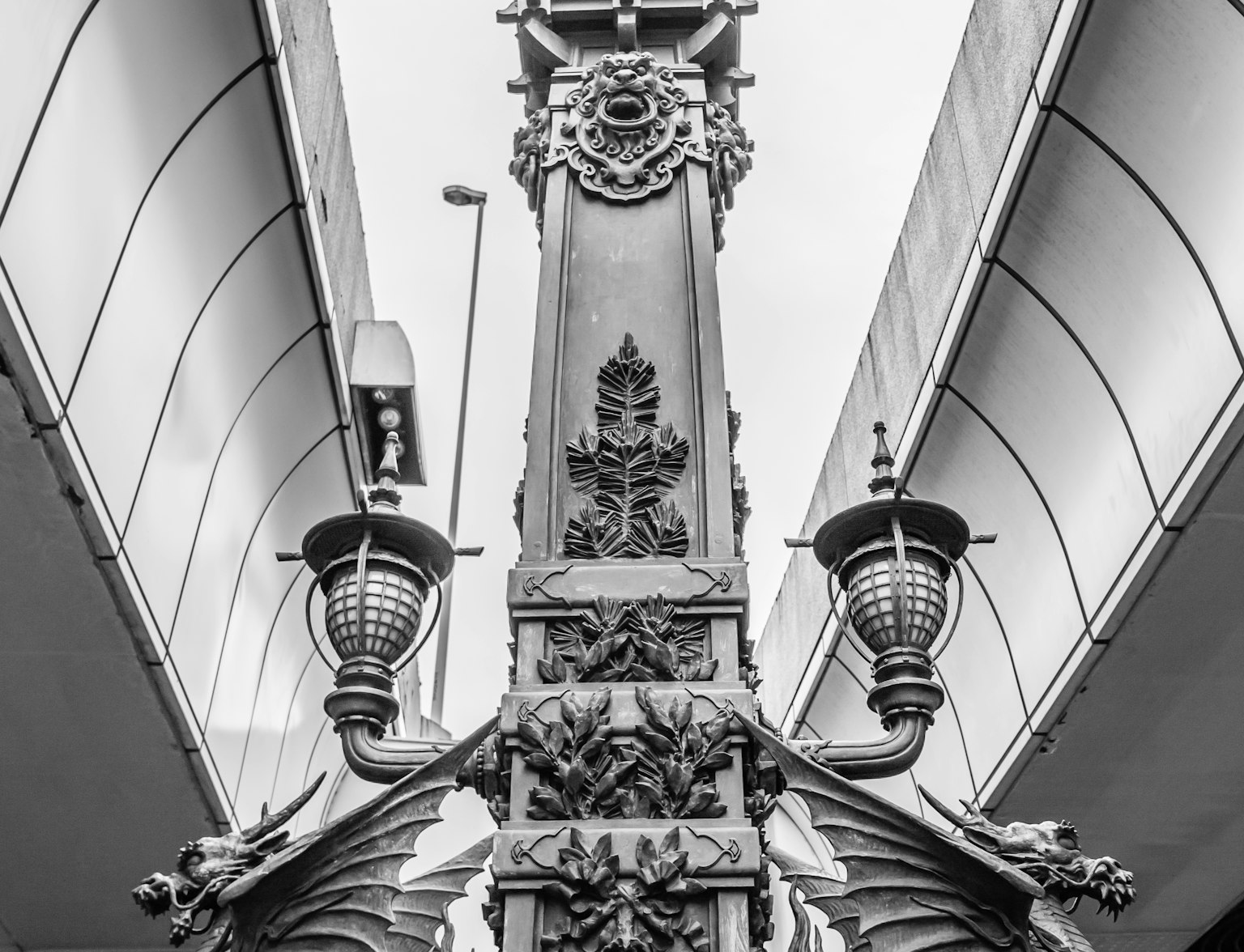
踏入日本的心脏,参加我们的独特皇宫和日本桥之旅。
最佳访问时间:
二月中到三月初
清晨或傍晚 –享受柔和的自然光线拍照,体验宁静的氛围。
如何到达皇家庭园皇家庭园位于东京市中心,轻松抵达。
大手町站(东京地下铁)——步行5分钟
东京站(JR线路)——步行10分钟
开放时间:
每日开放,但周一和周五闭馆
上午9:00至下午4:30(随季节变化)
入场费:
免费
最后思考:东京必去的花园东京的皇家庭园是一个绝佳的访问地点。你可以了解历史、享受自然并拍摄美丽的照片。无论你是在东御苑散步、在千鸟ヶ淵护城河观看樱花,还是在东京站品尝美食,这里都有适合每个人的东西。
规划你前往东京的
皇家庭园之旅。它是一个宁静而美丽的地方,你绝不会忘记。享受访问的乐趣!planning your trip to Tokyo’s Imperial Garden today. It’s a peaceful and beautiful place that you’ll never forget. Enjoy your visit!



